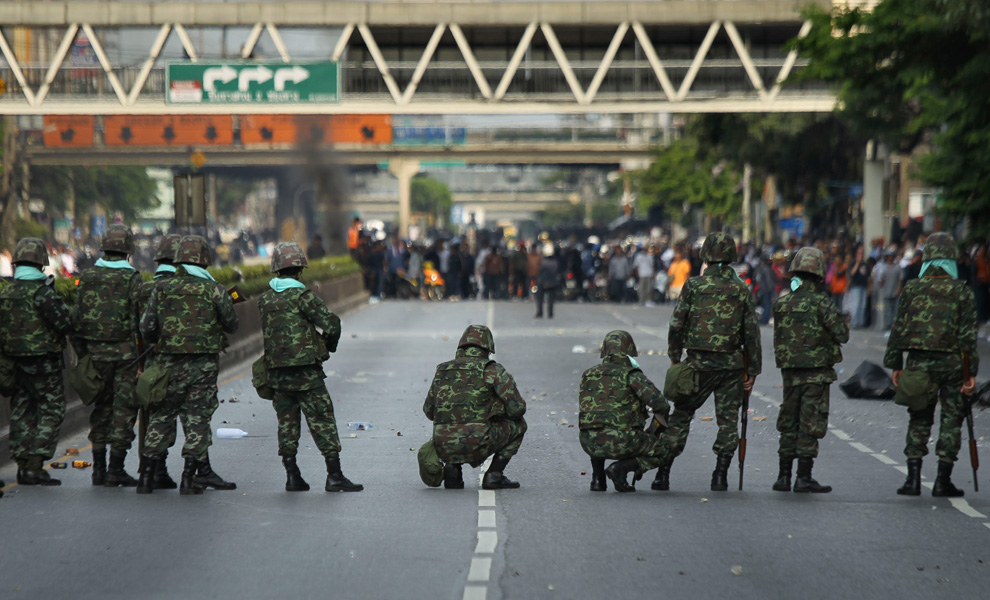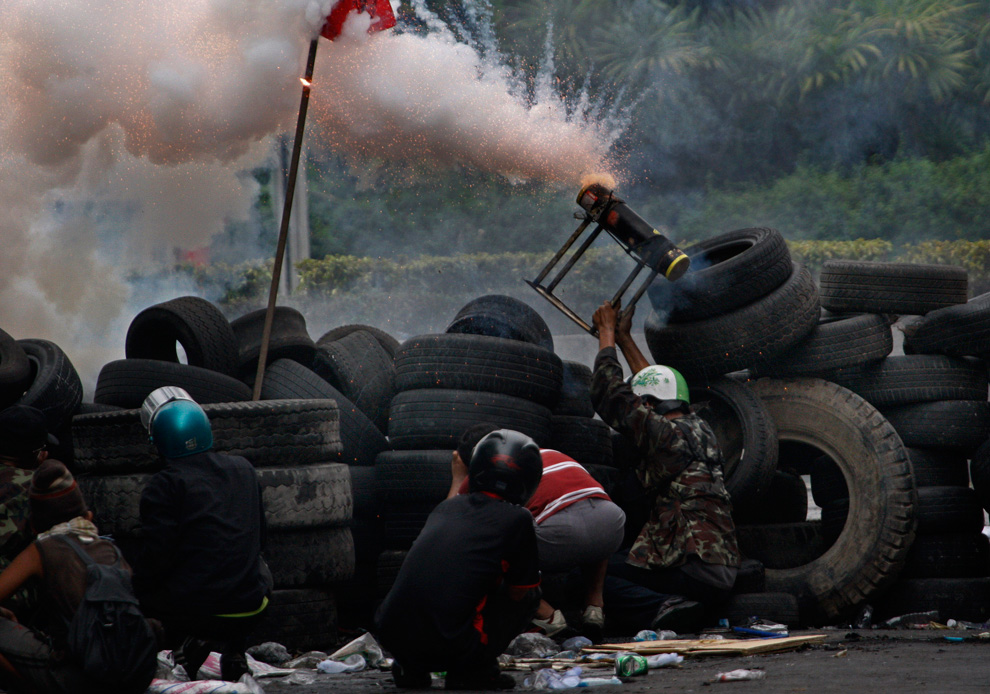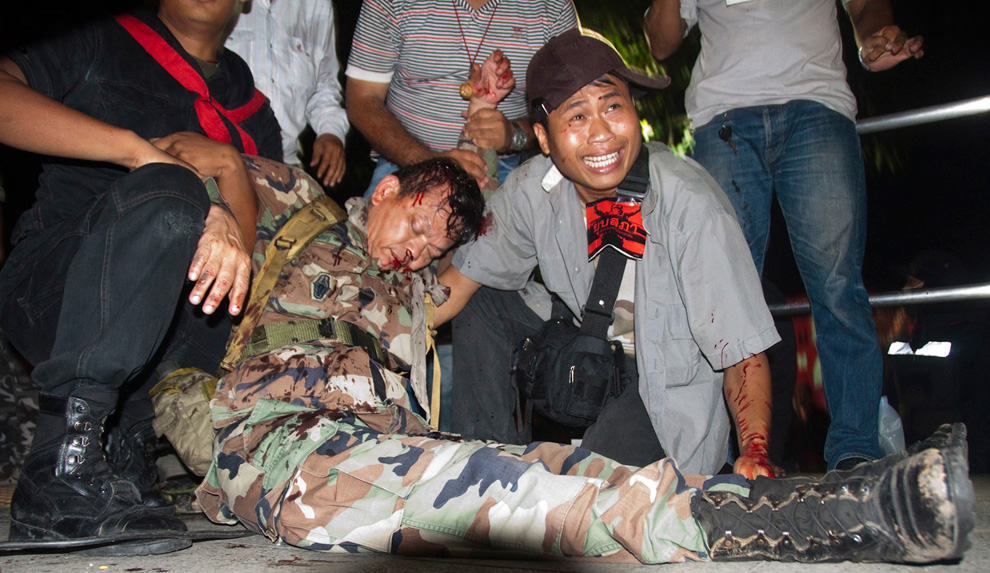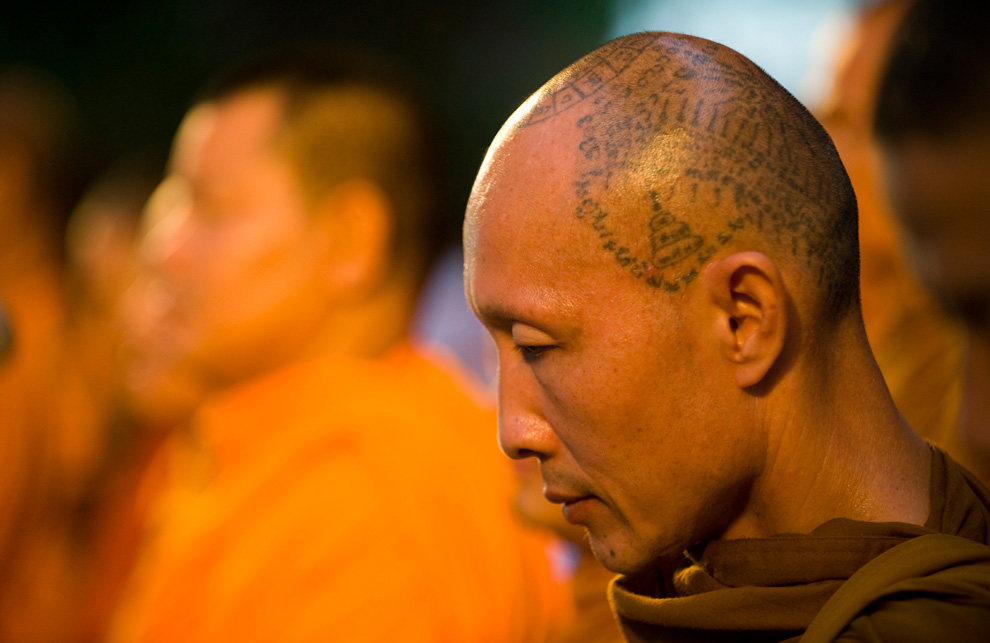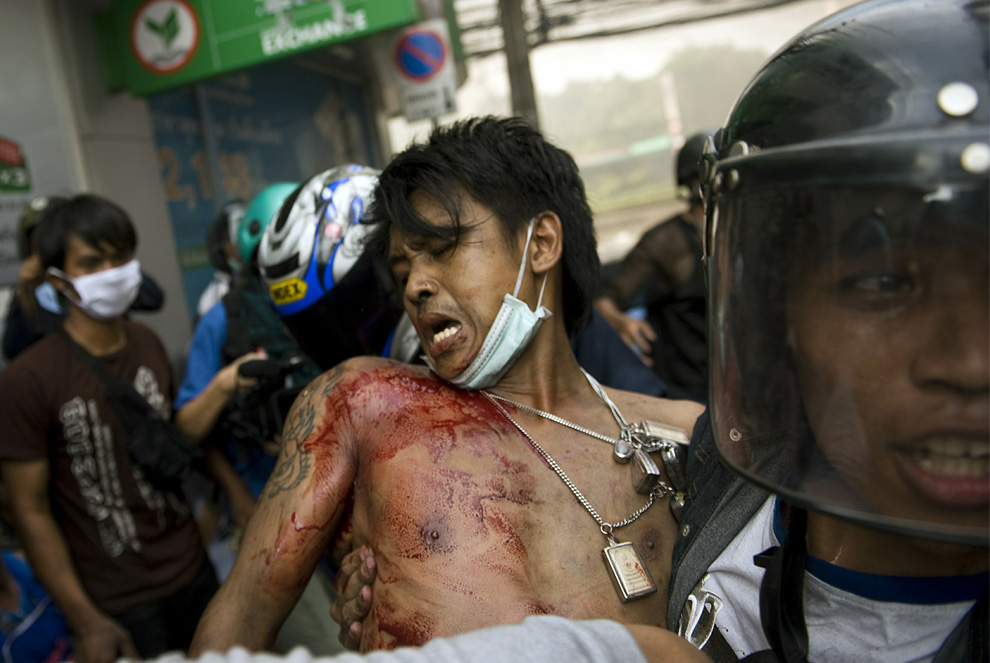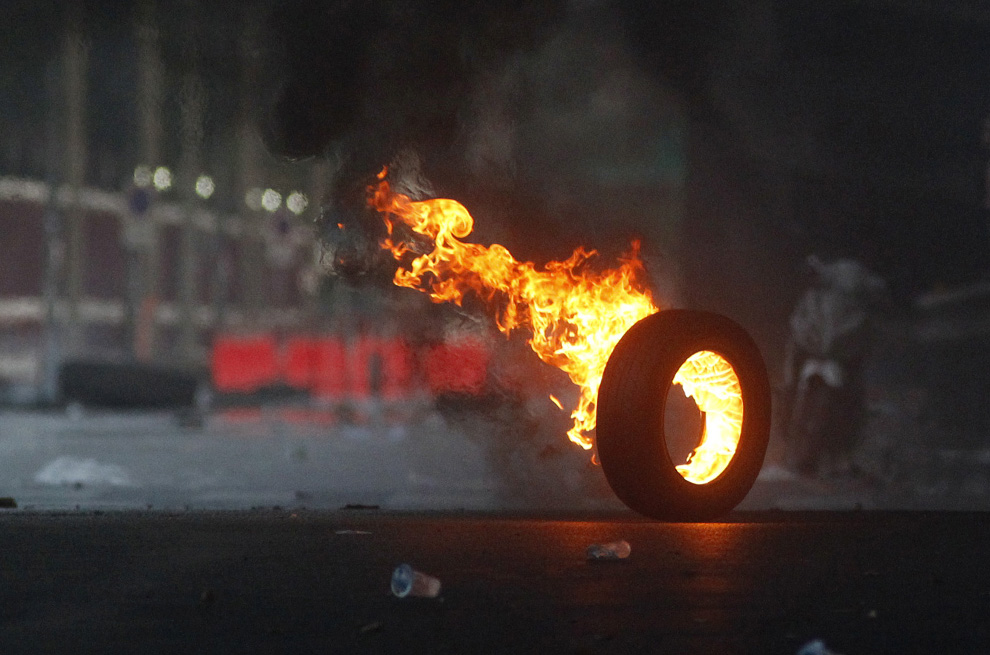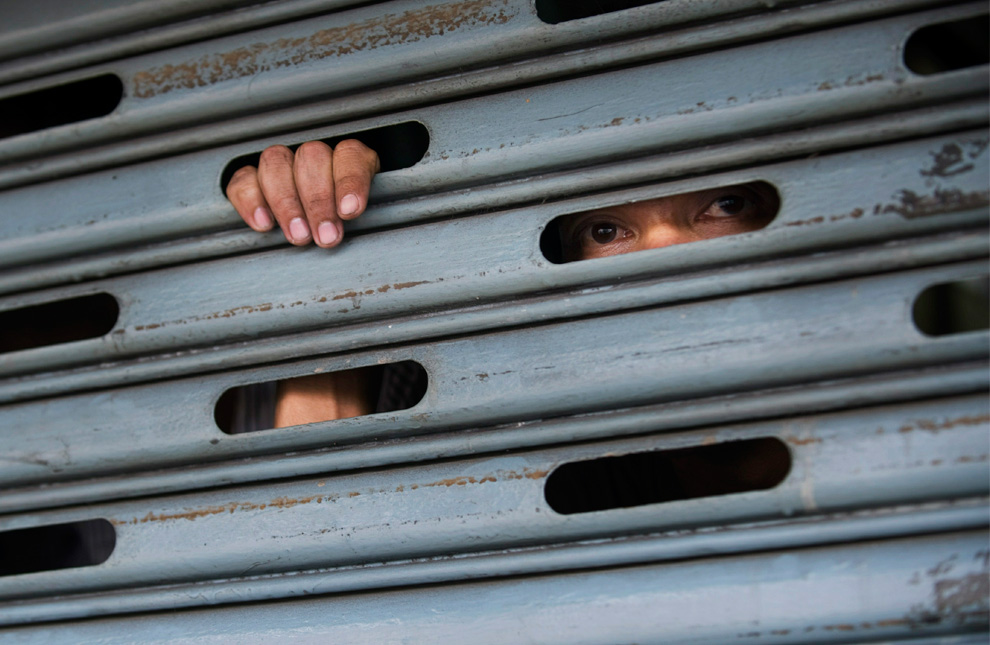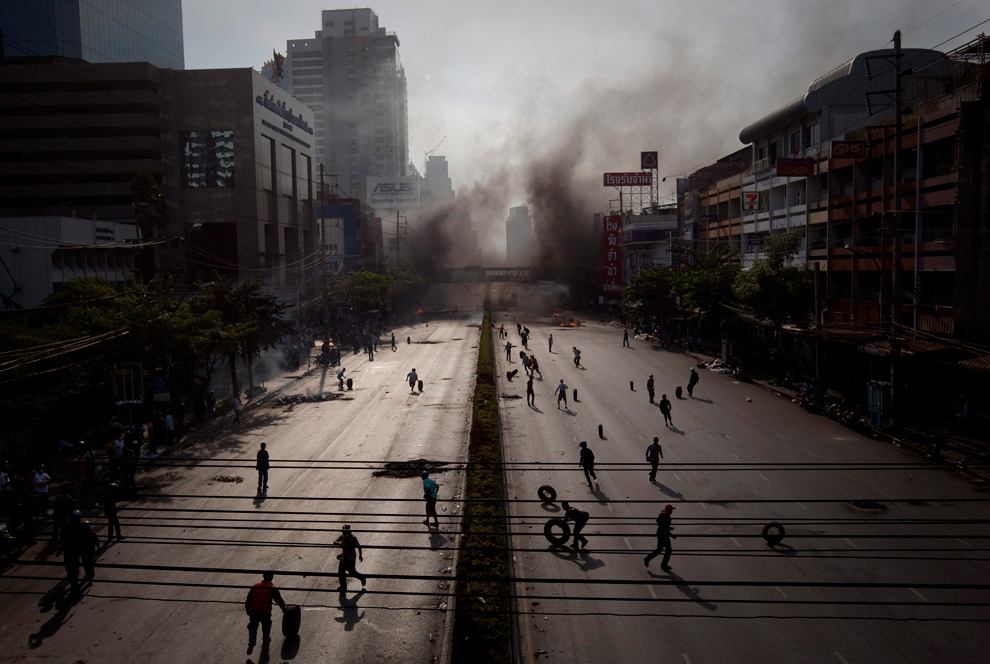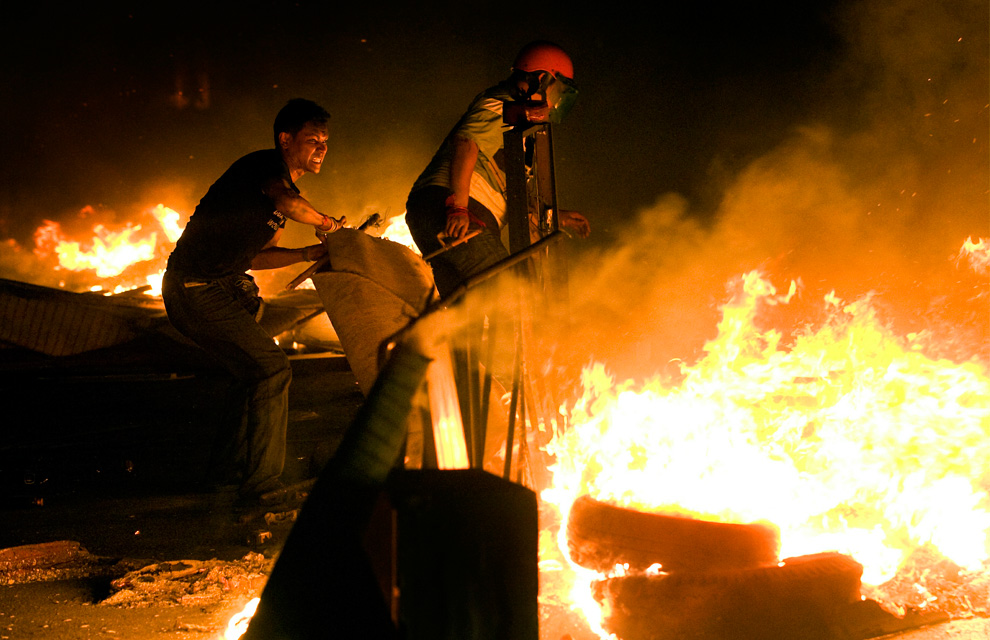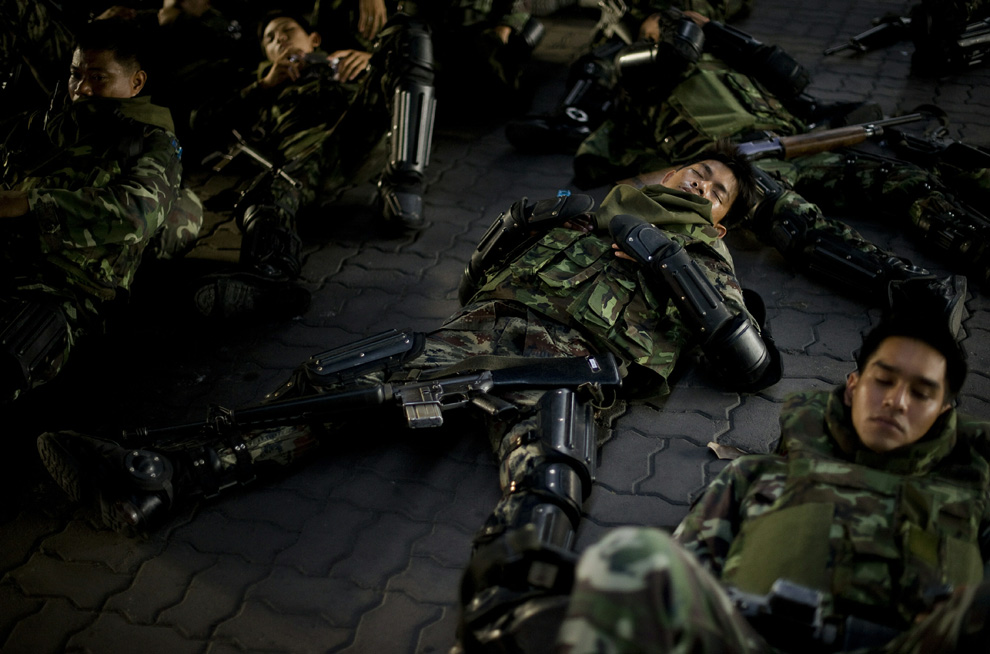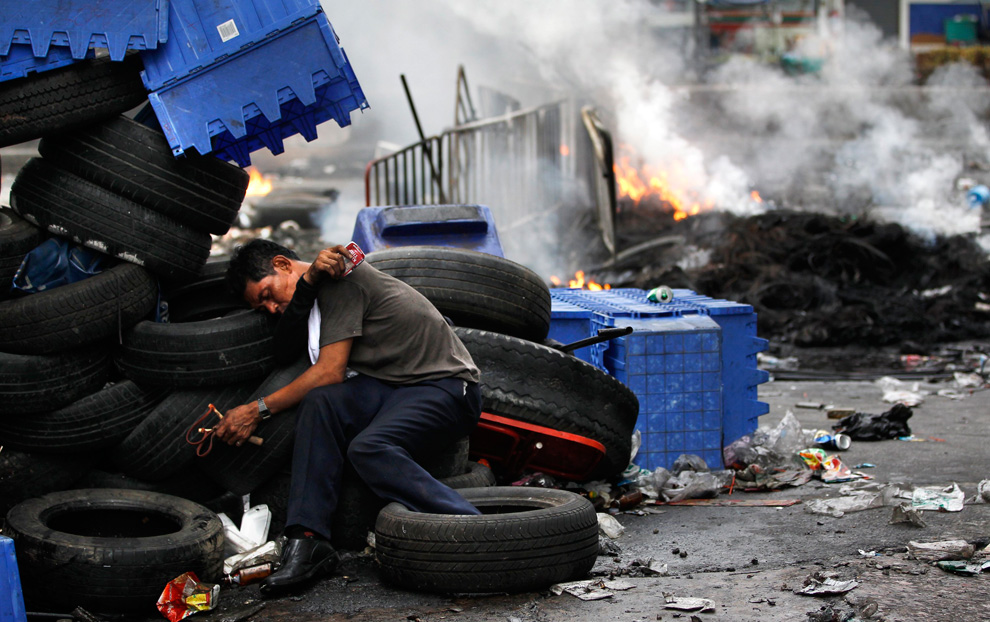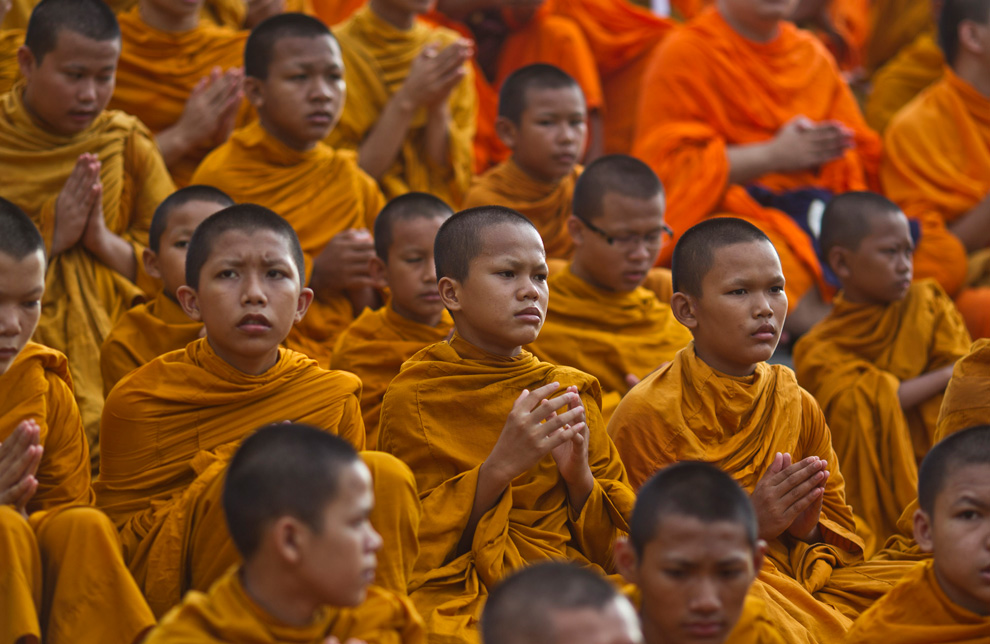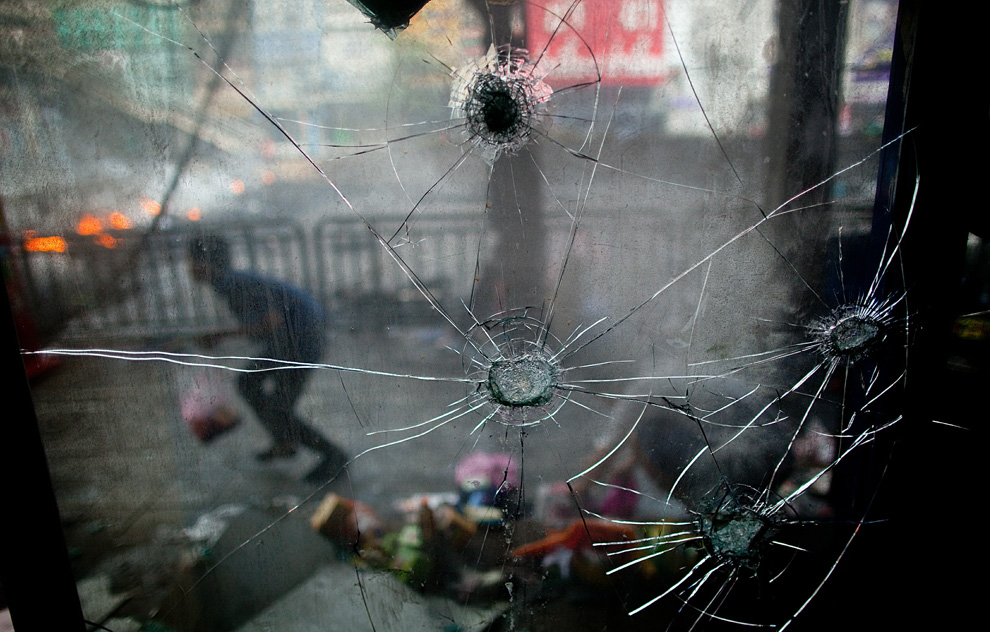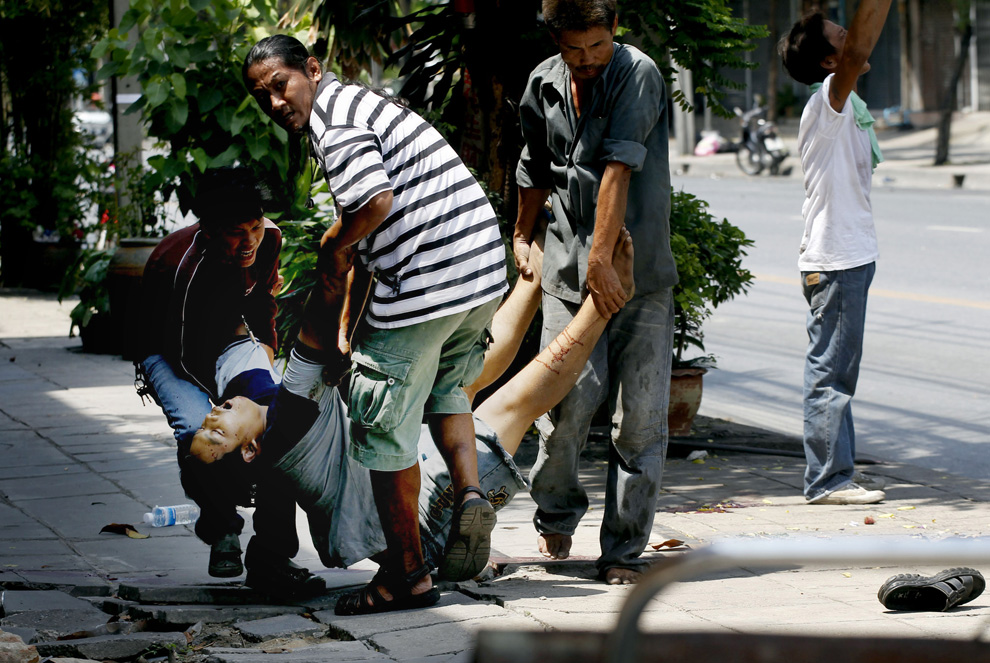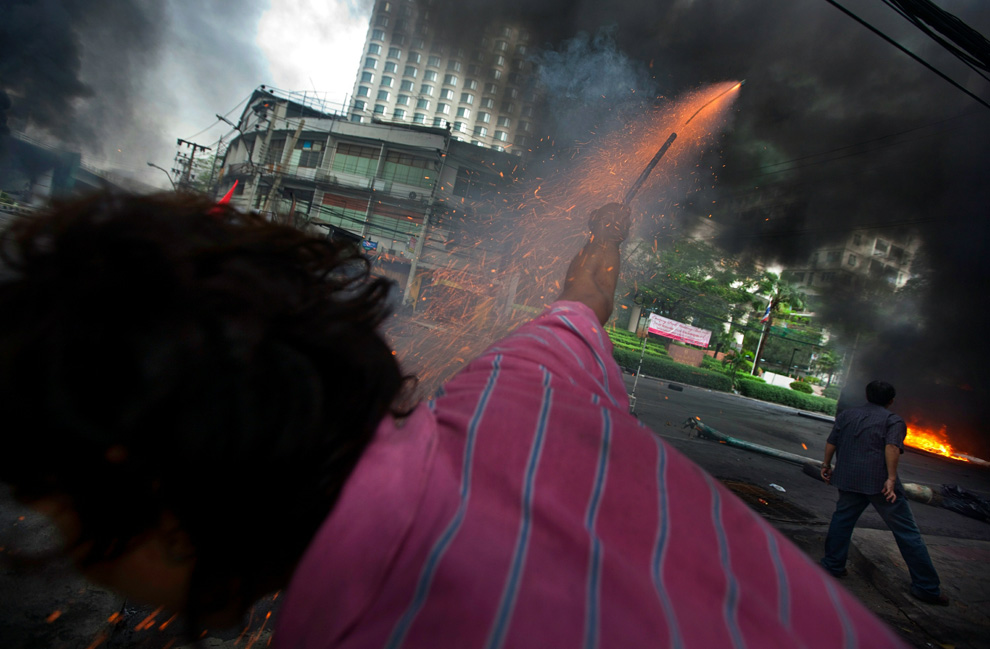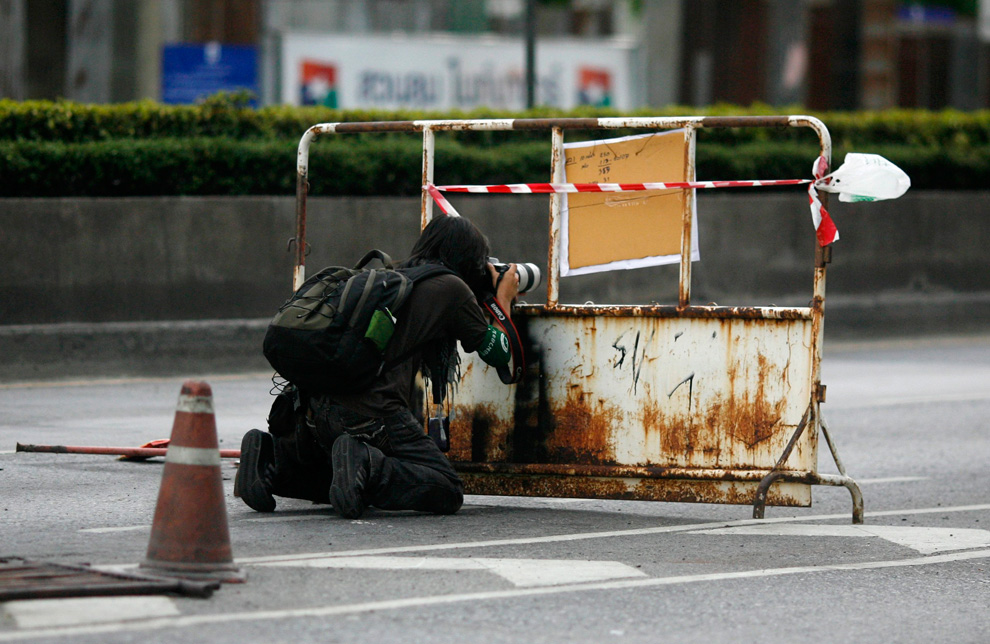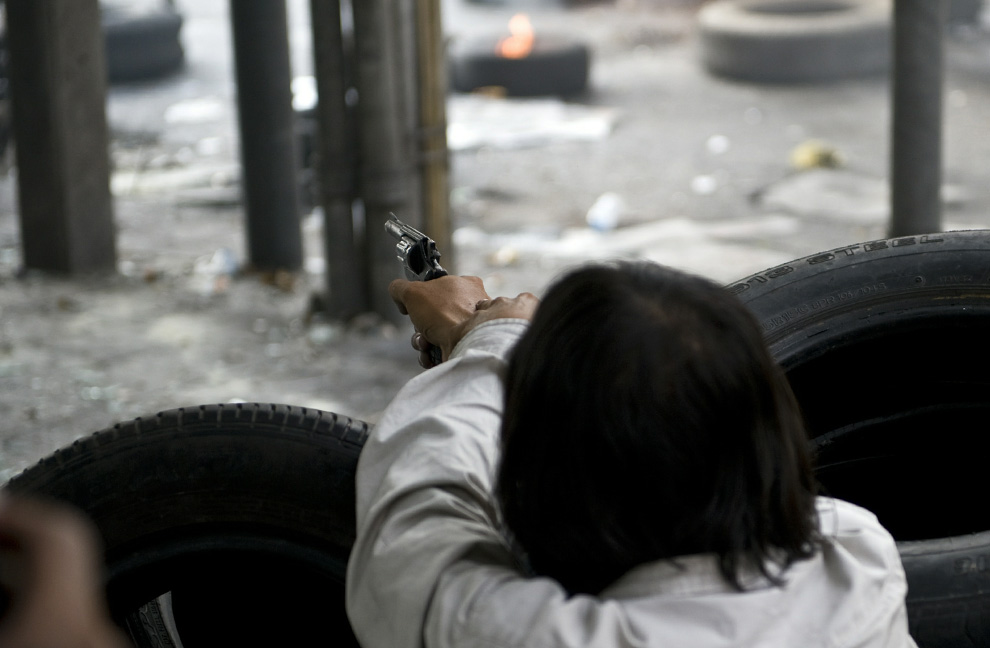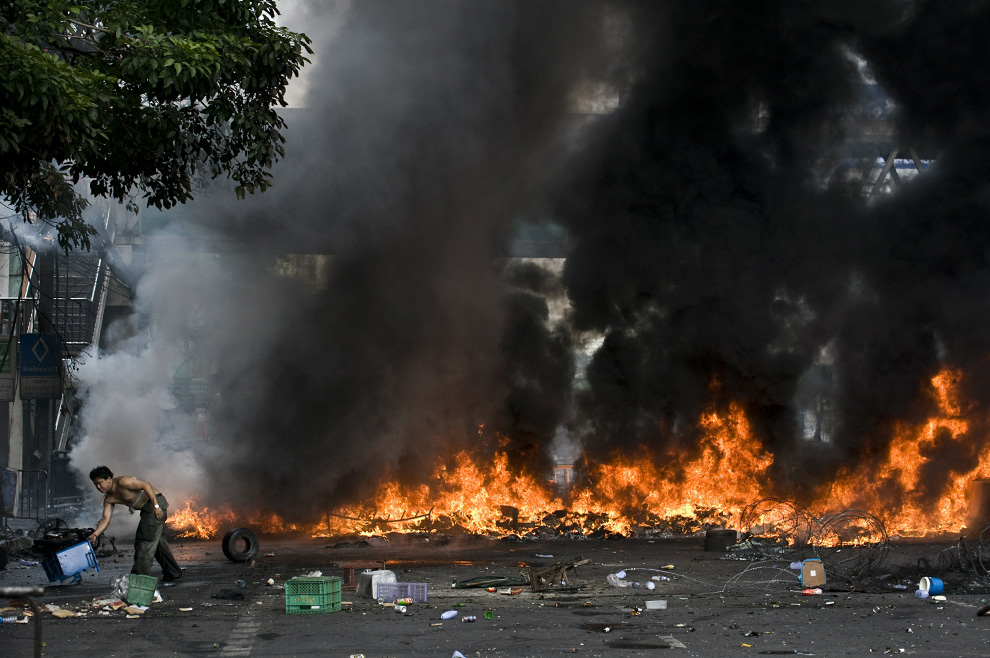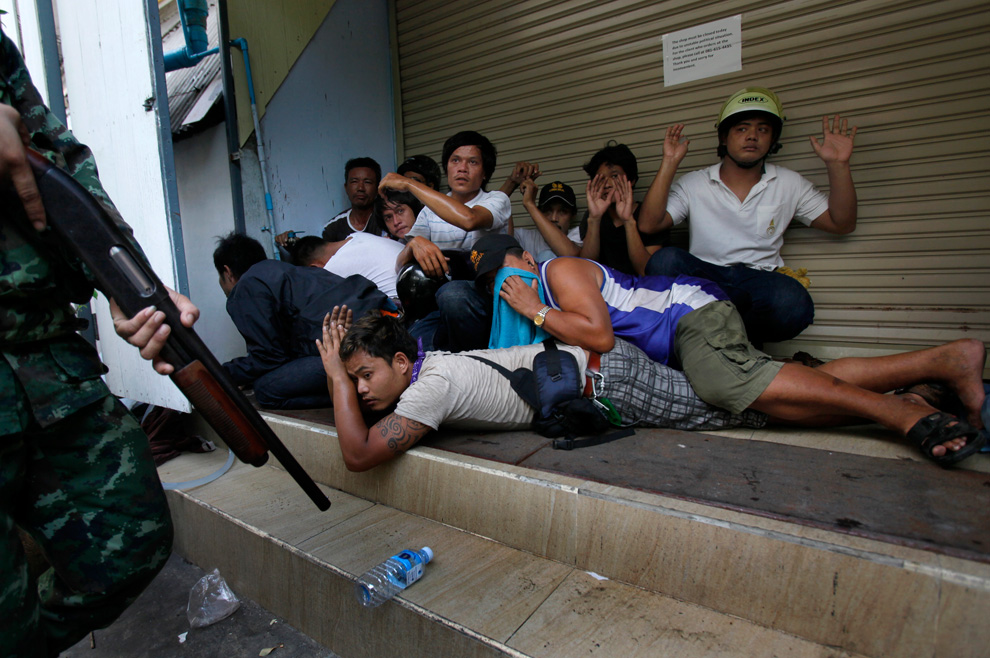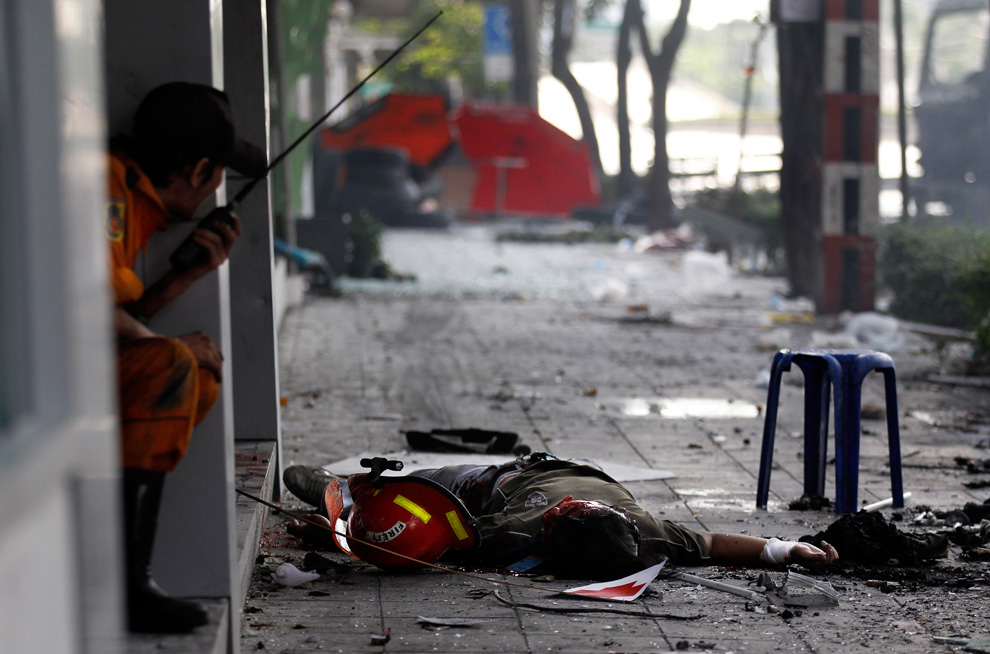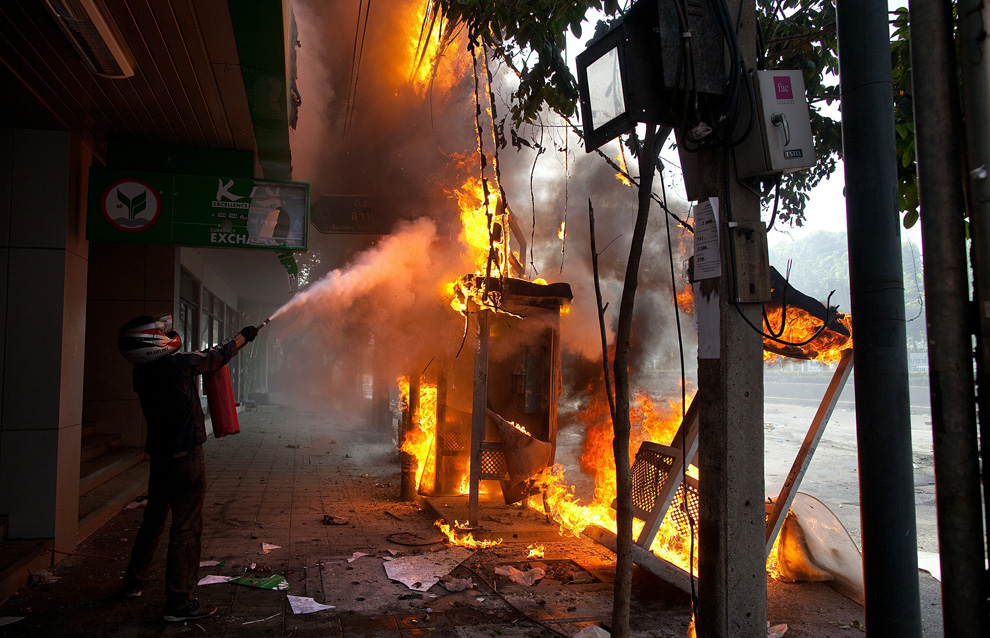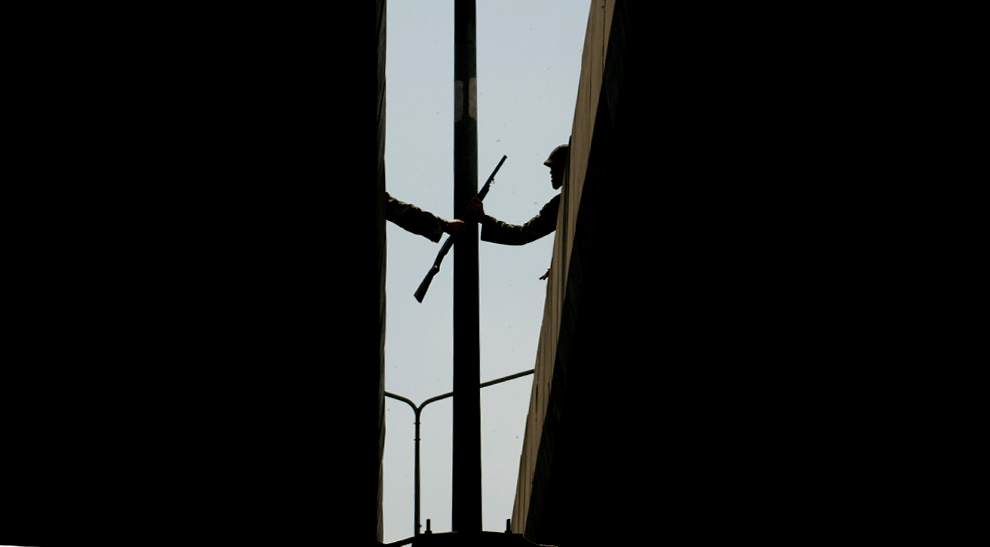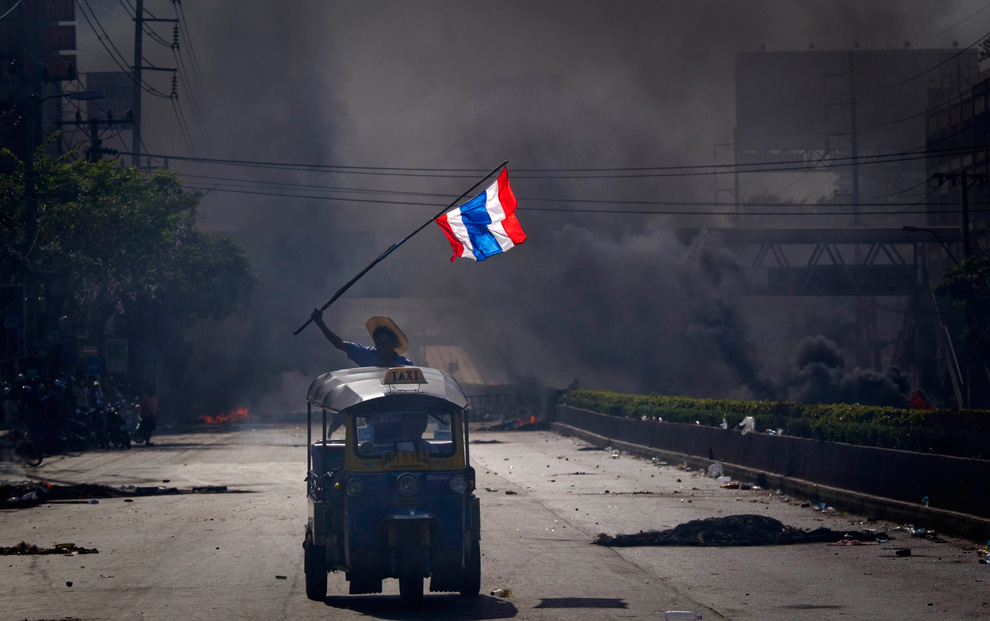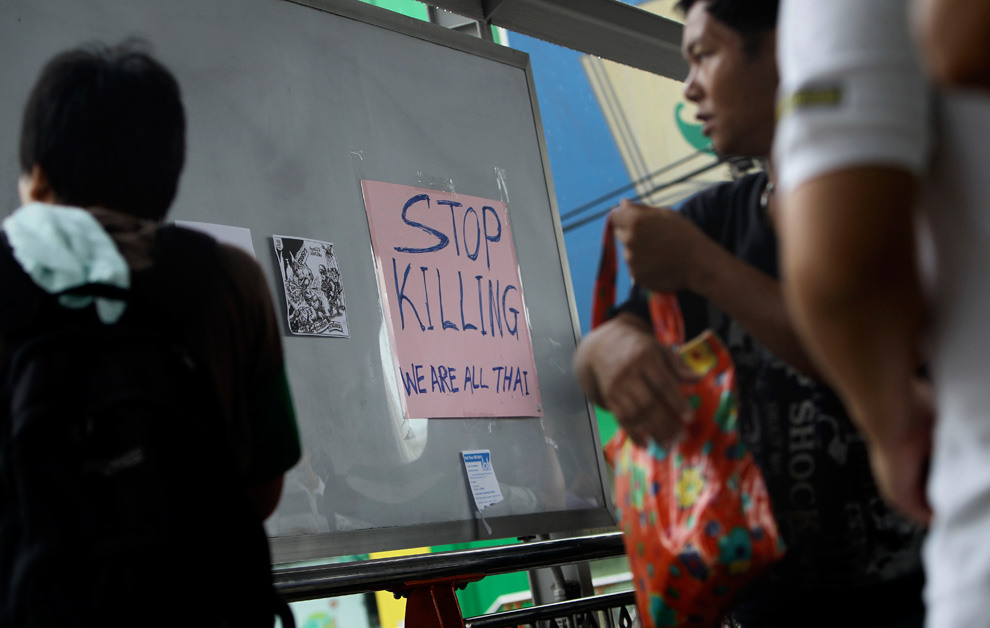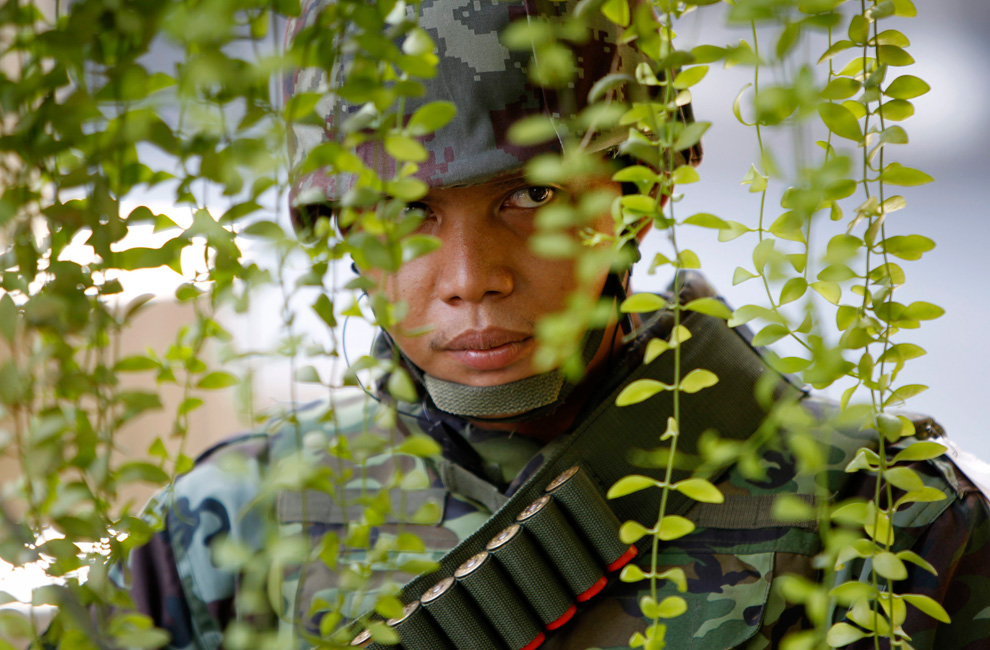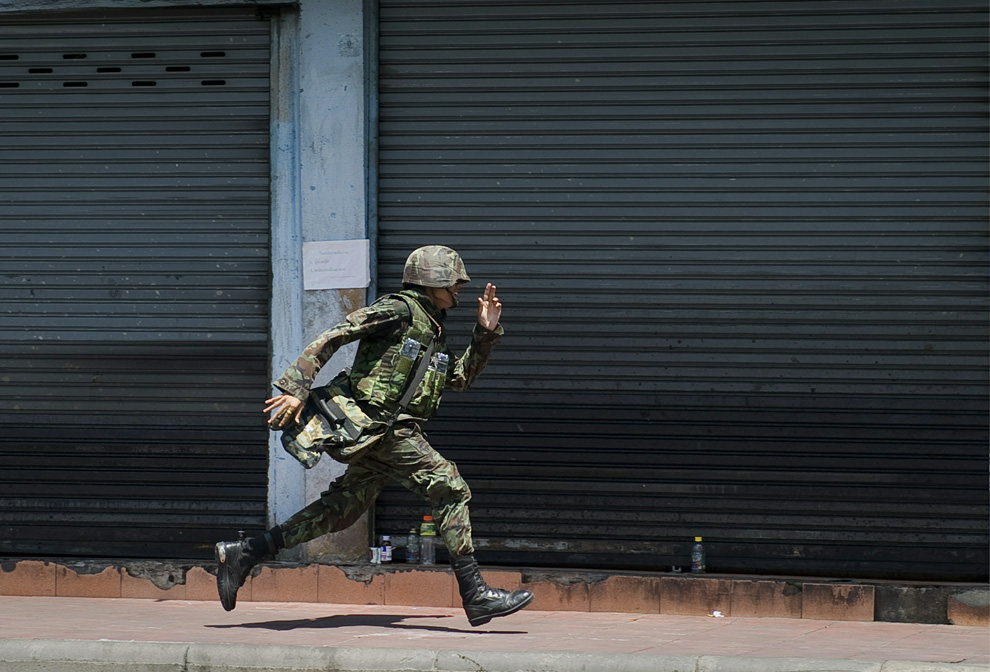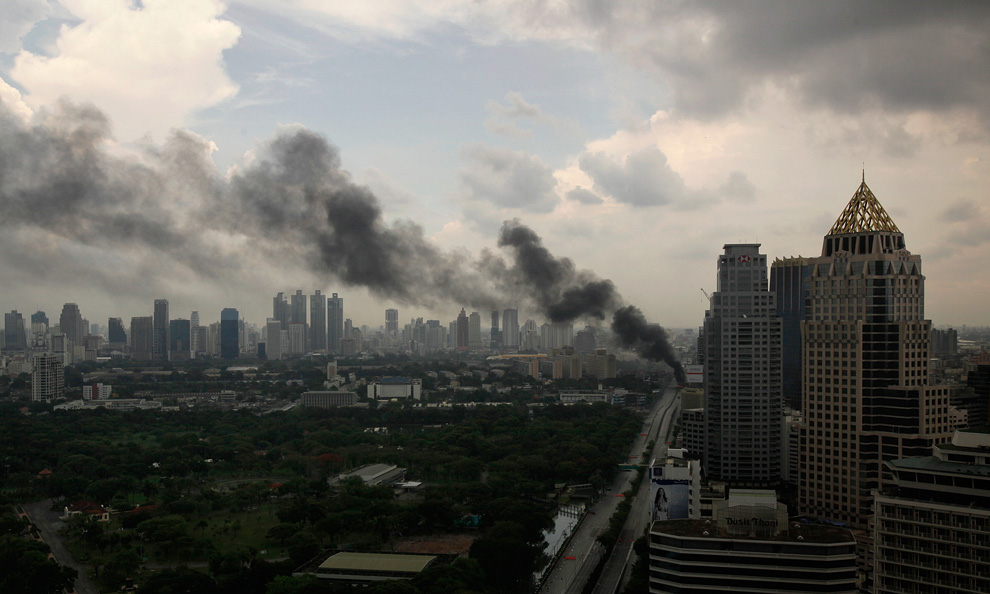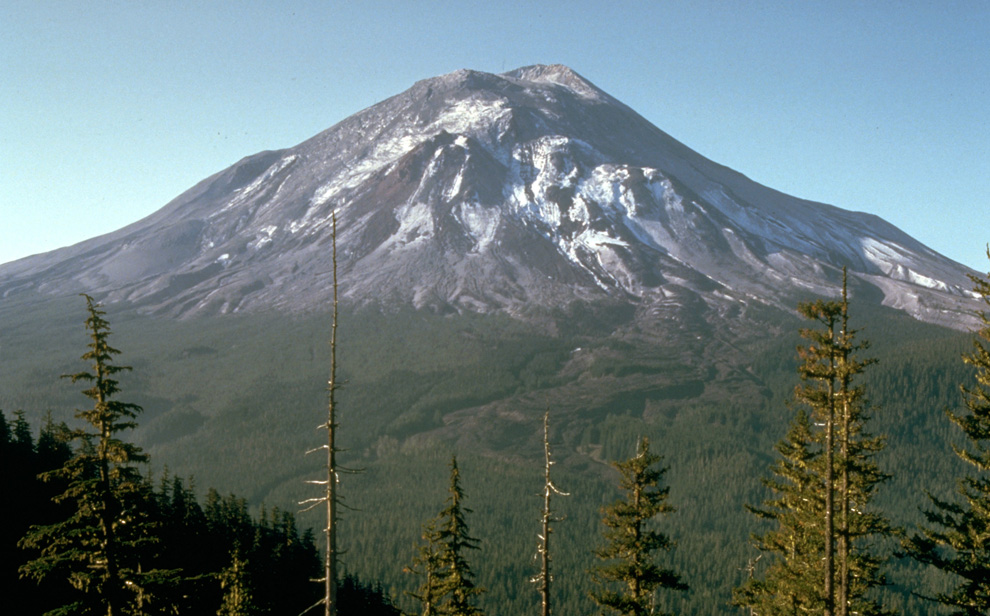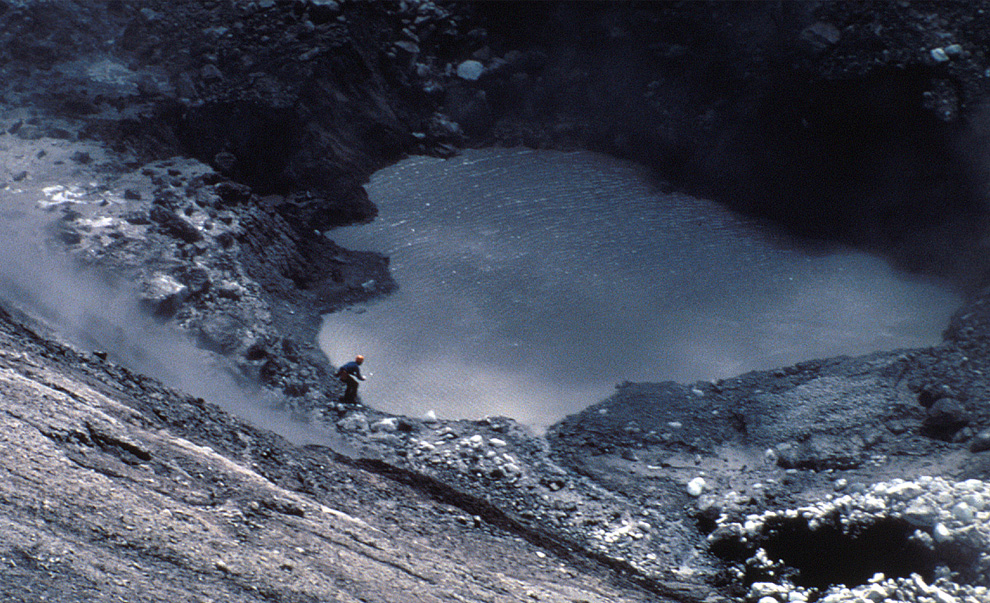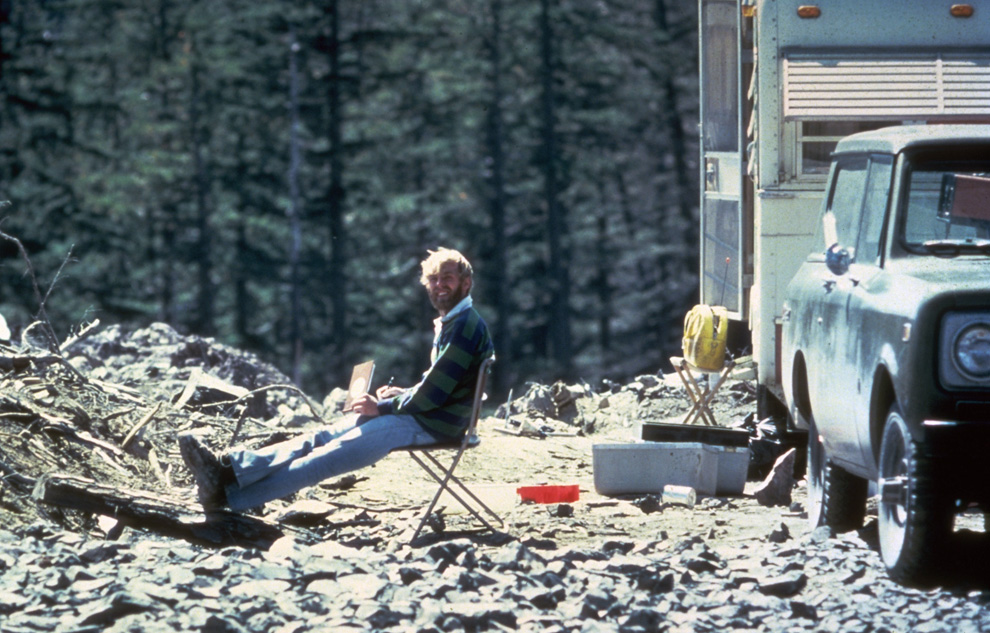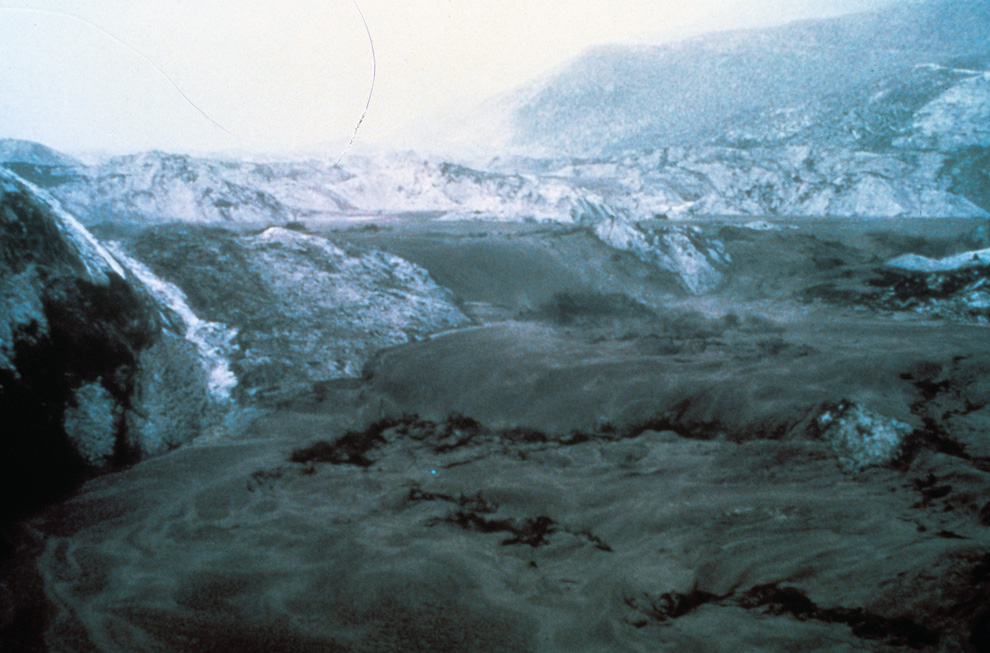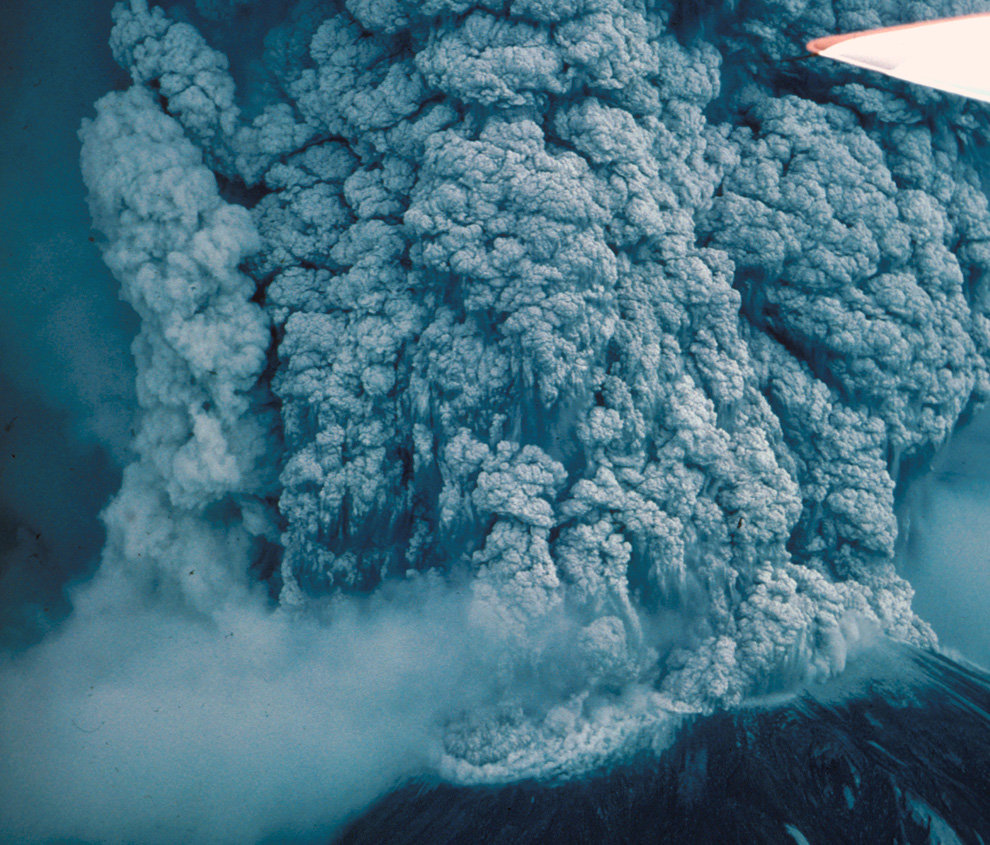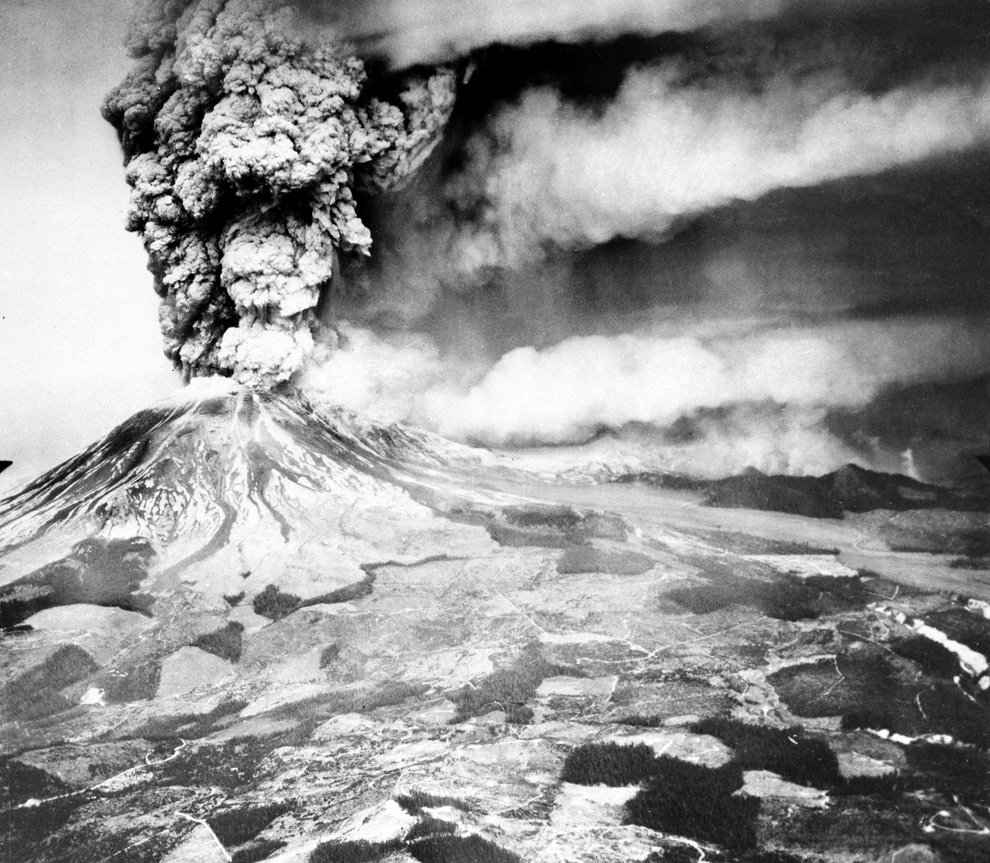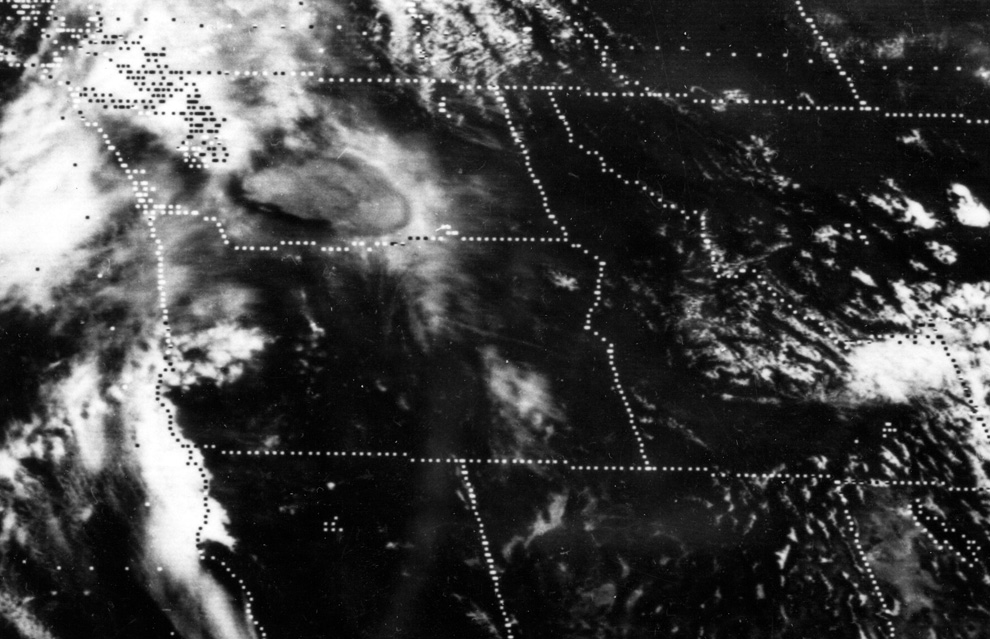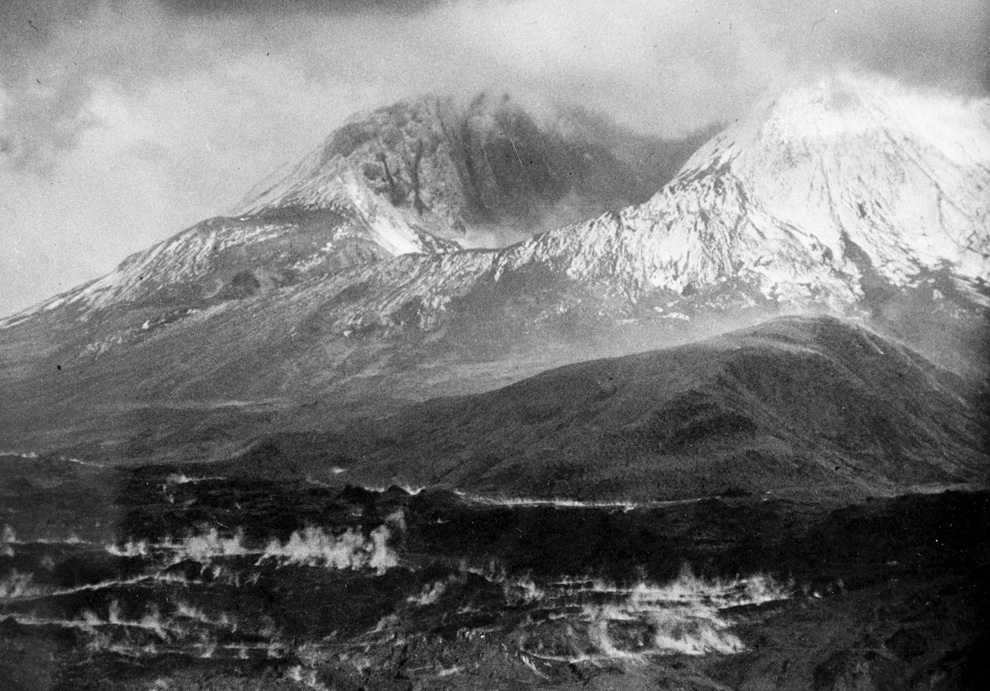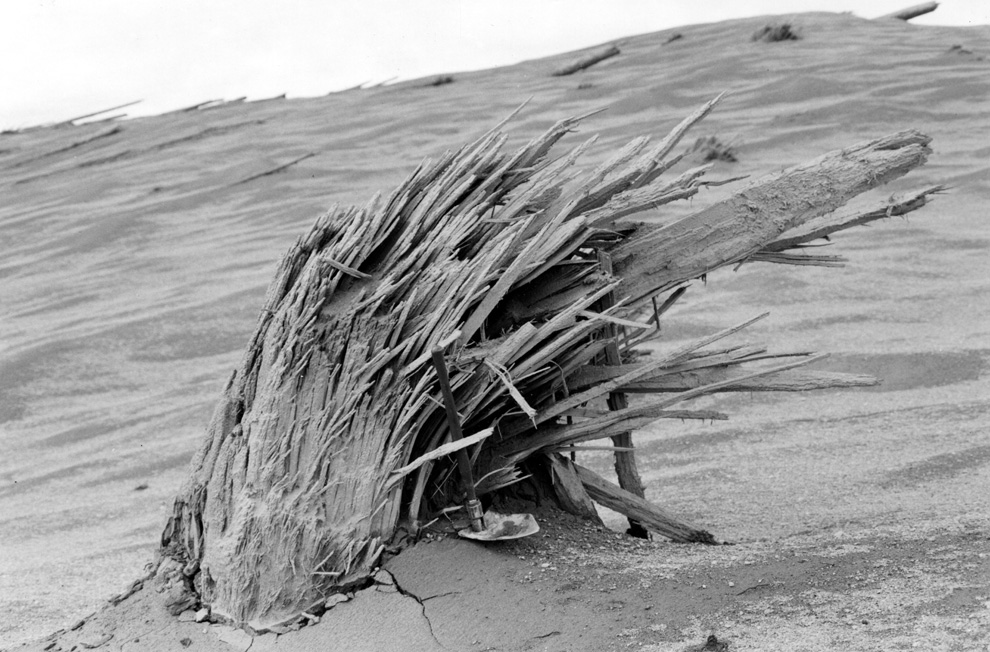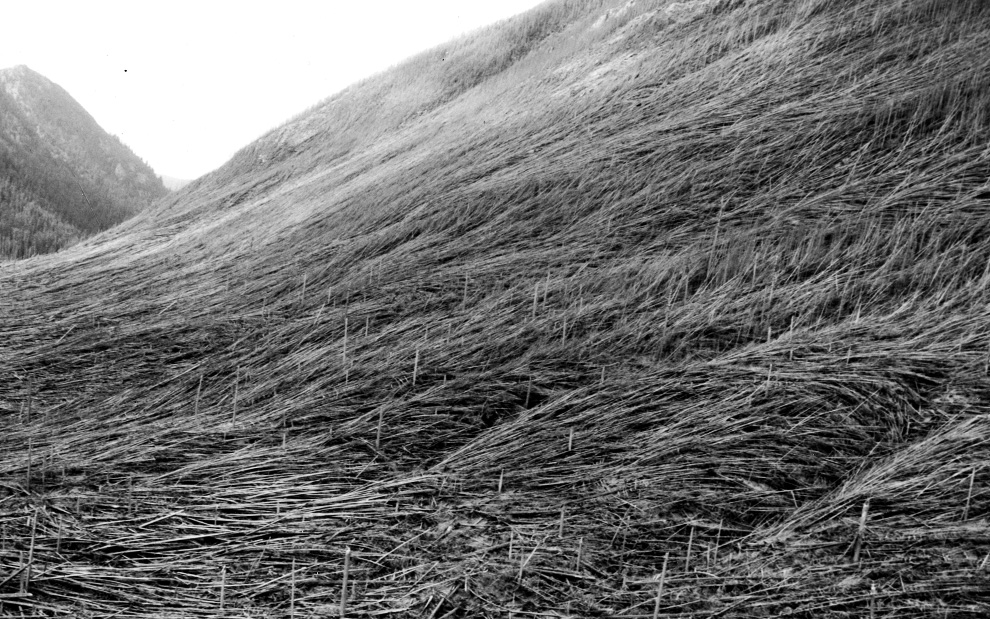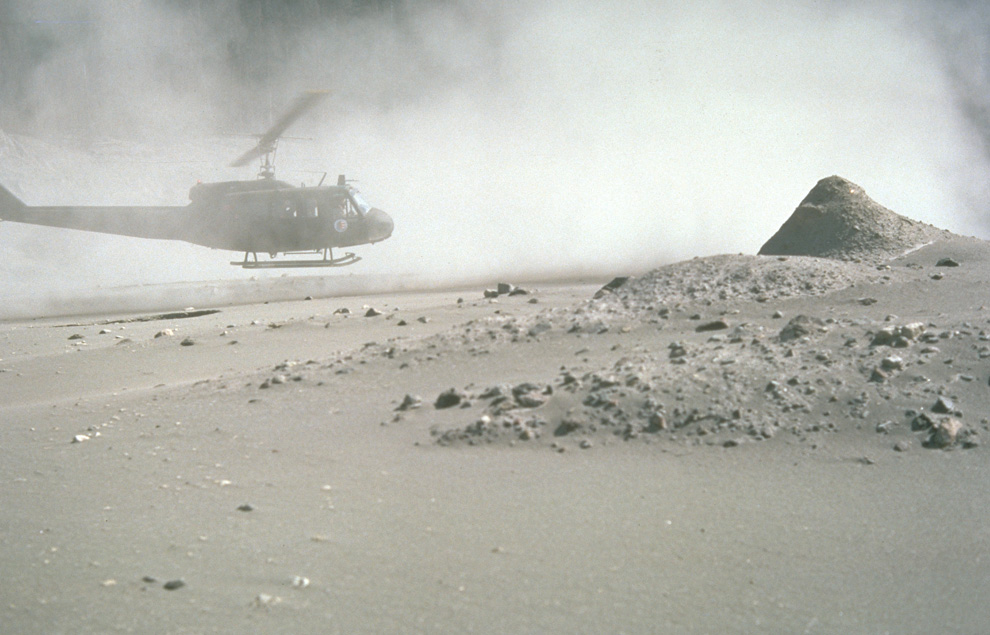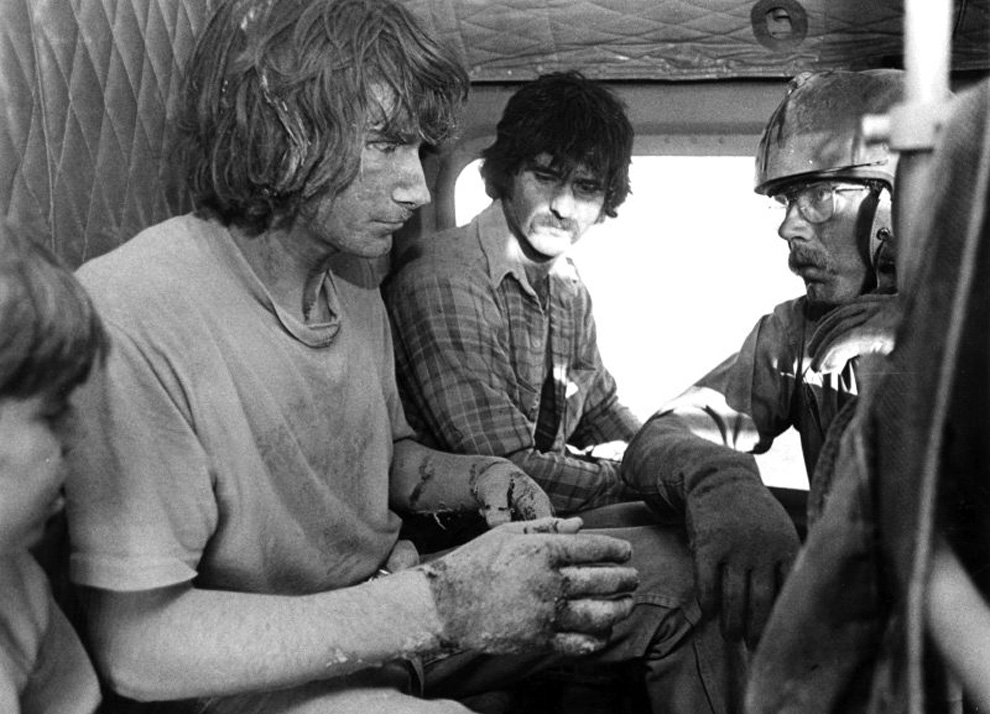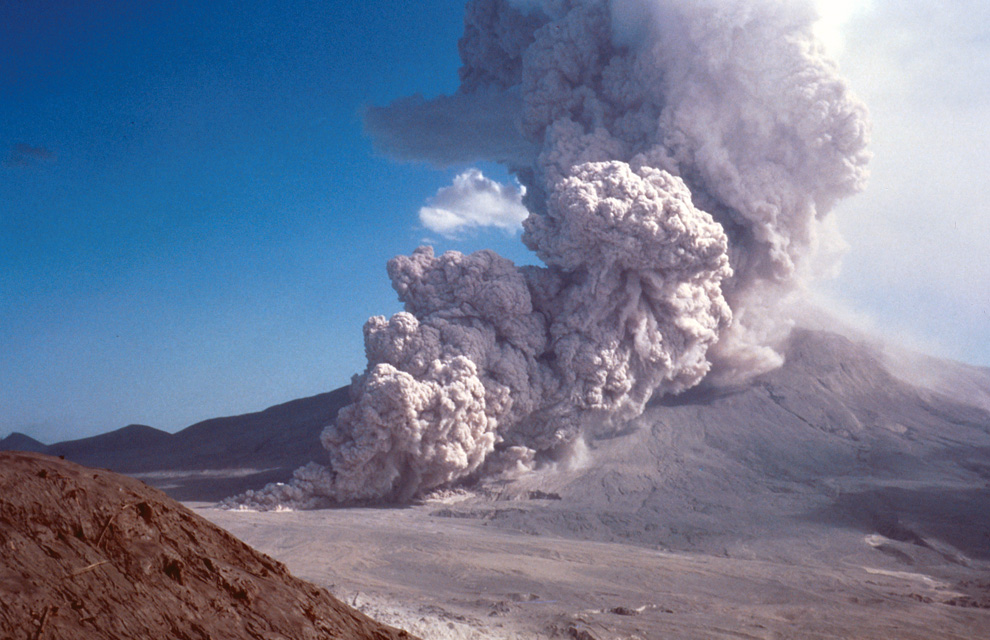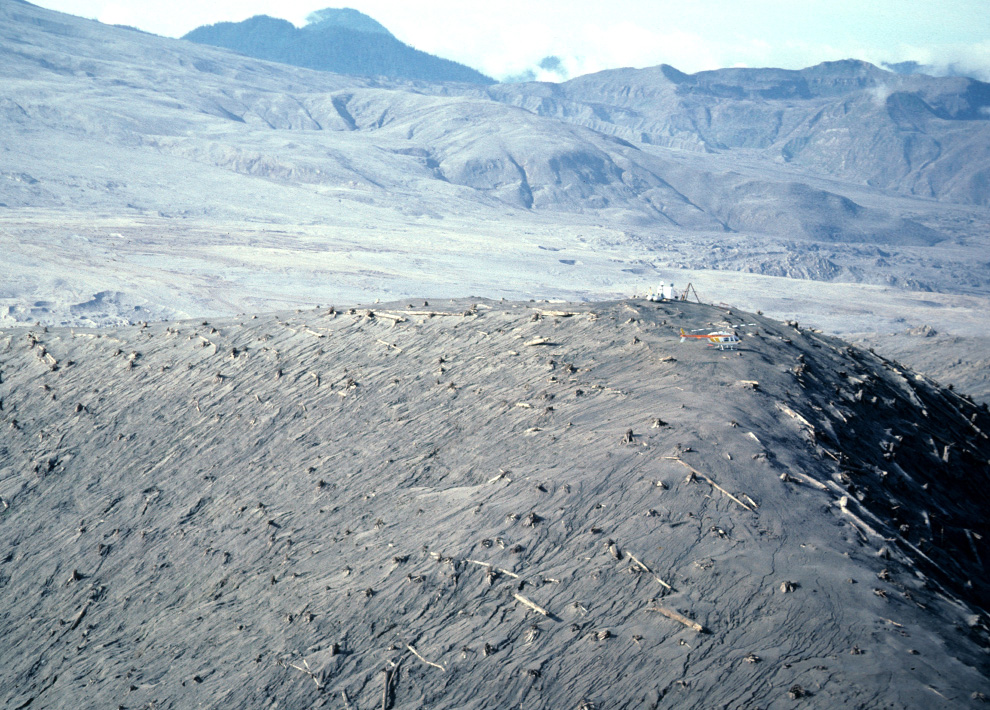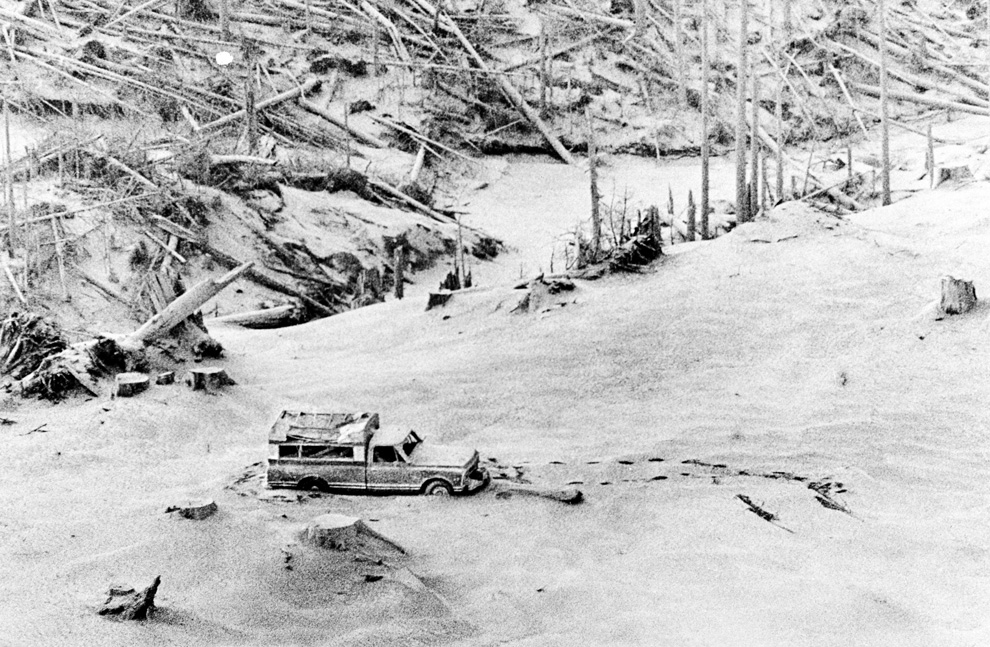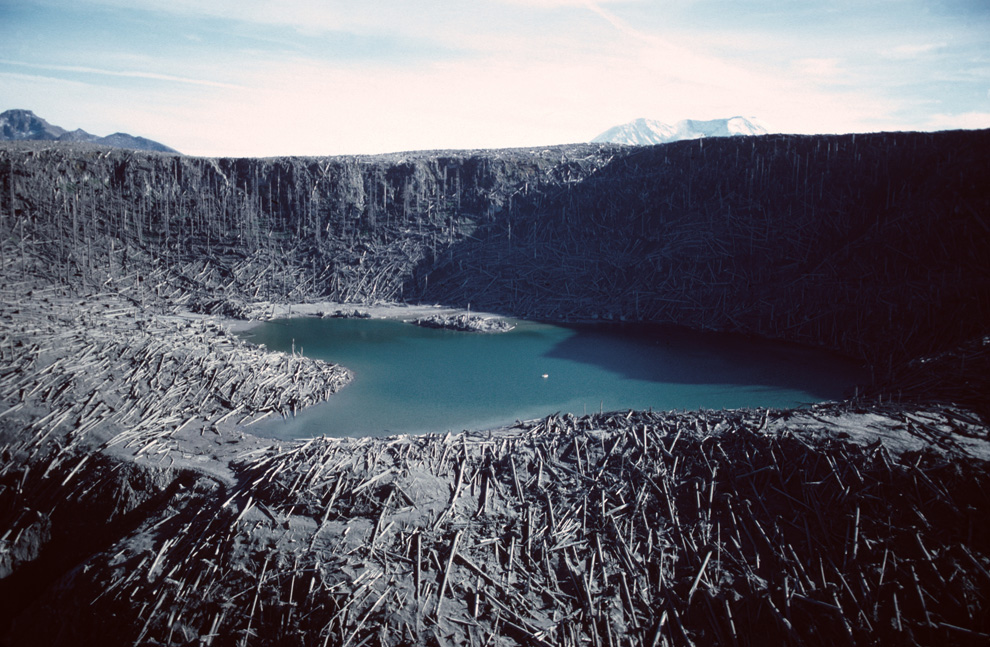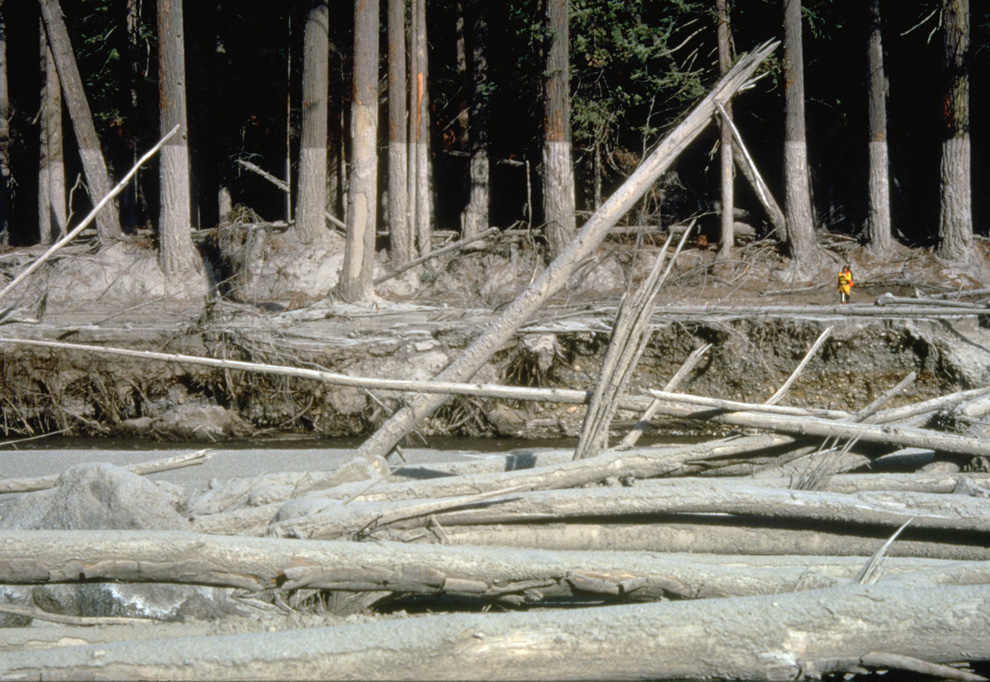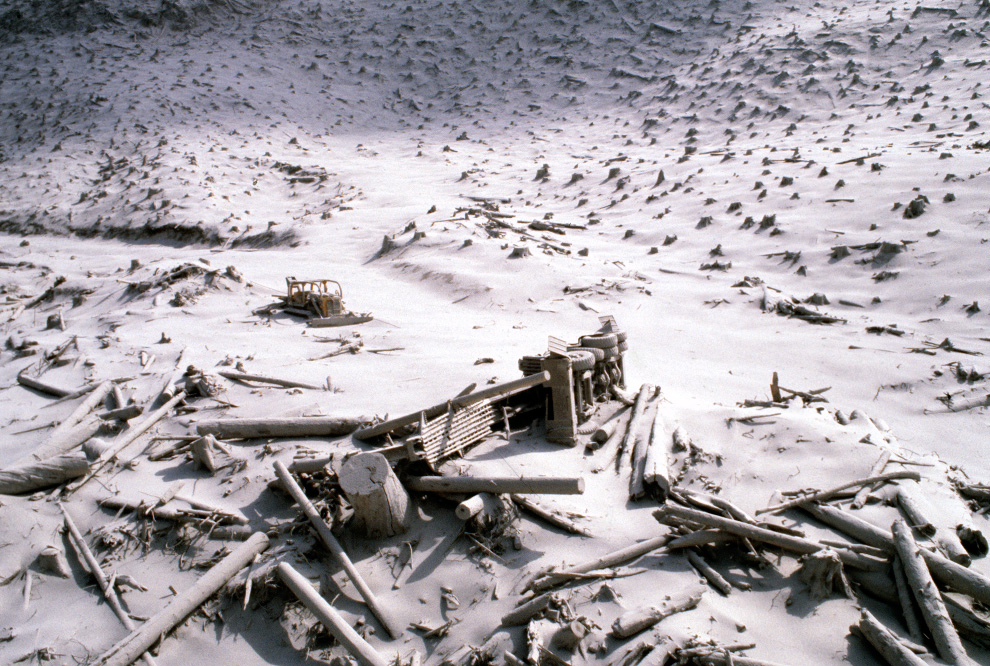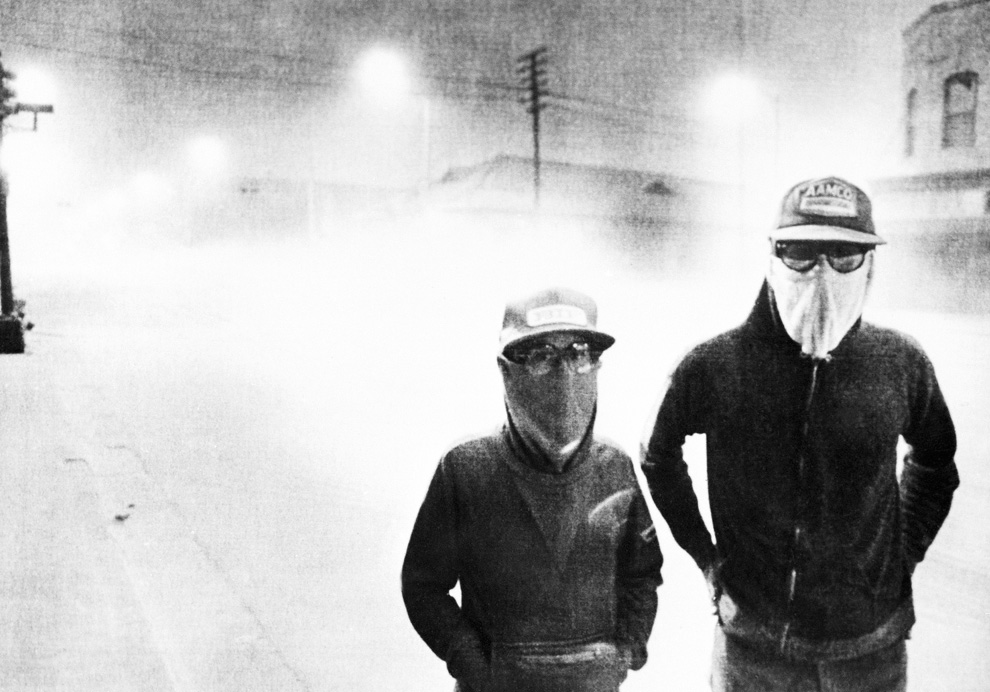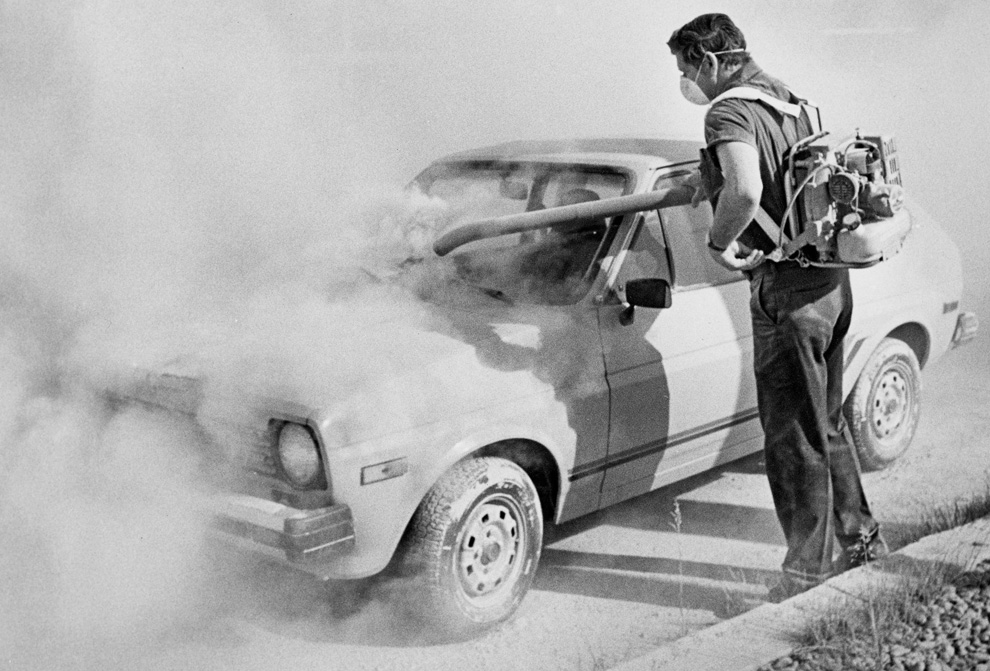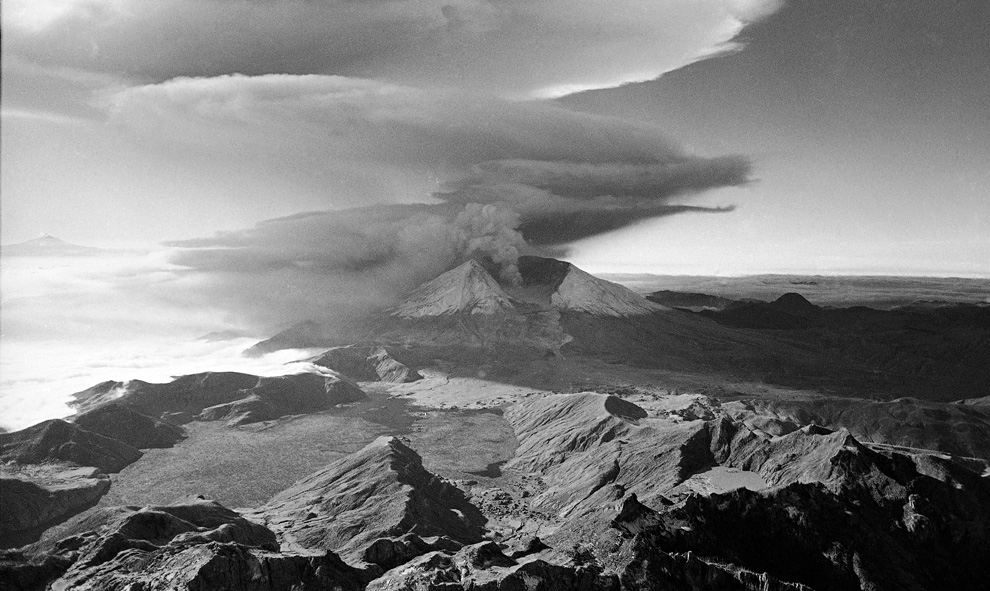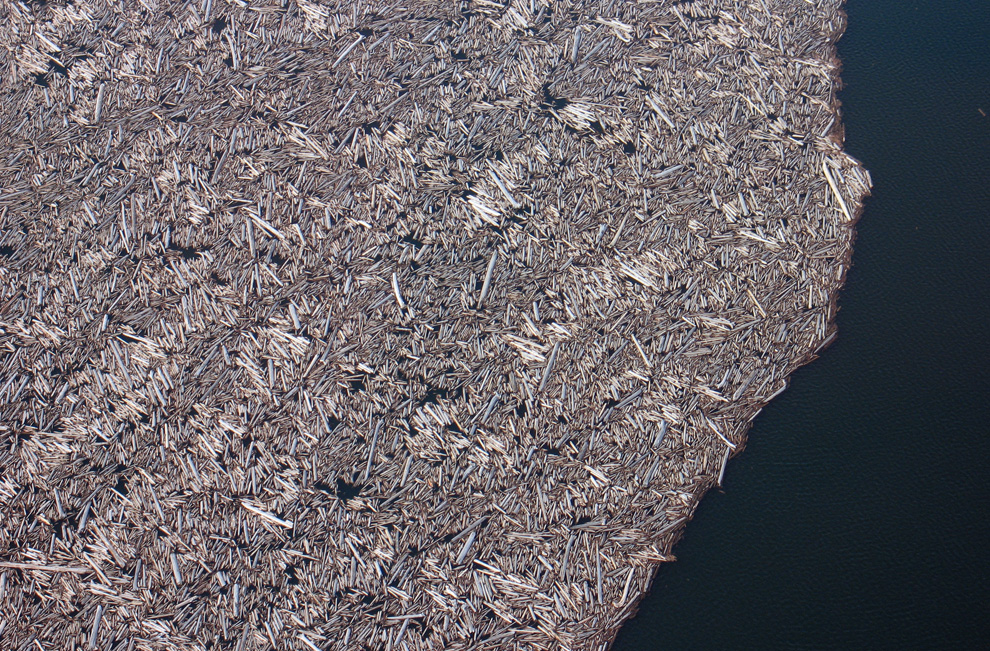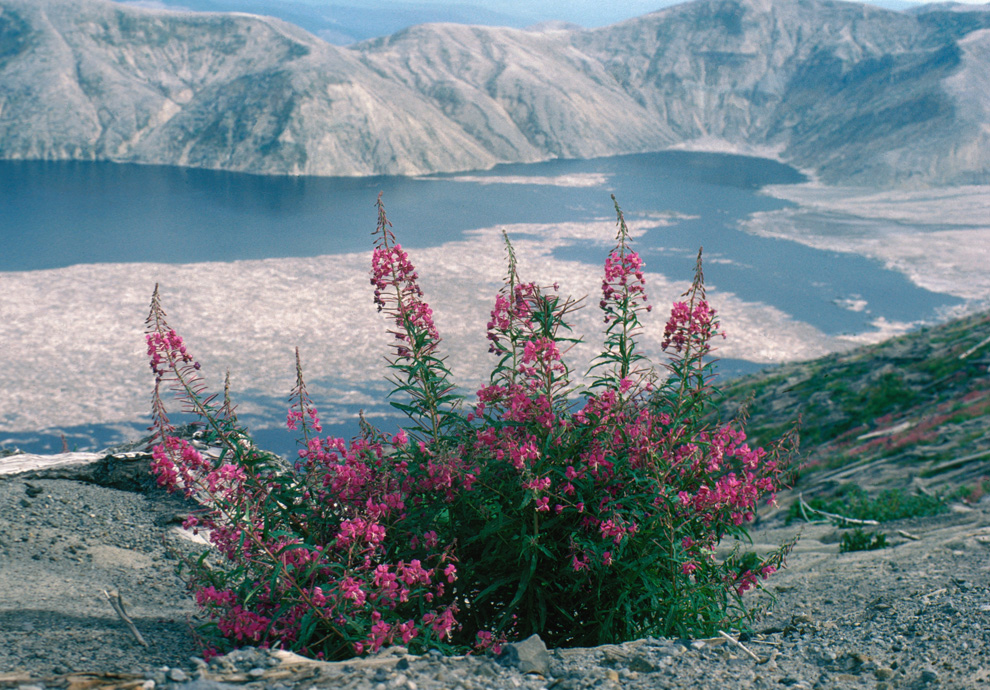The Red Shirt political protest in Bangkok, Thailand has been active for nearly two months now, and has entered a new, deadly phase in the past week, with at least 36 of the total 60 deaths occurring in just the last few days. Anti-government protesters have barricaded themselves against government troops and the Thai army has declared certain protest areas to be "Live Fire Zones". A state of emergency is in effect, covering 17 provinces in the country, as protesters have refused orders to leave, and news just emerged that a renegade general who supported the Red Shirts, Khattiya Sawatdithol, died today from a gunshot wound he suffered on May 13th. Collected here are photos of the recent turmoil in central Bangkok. (39 photos total)
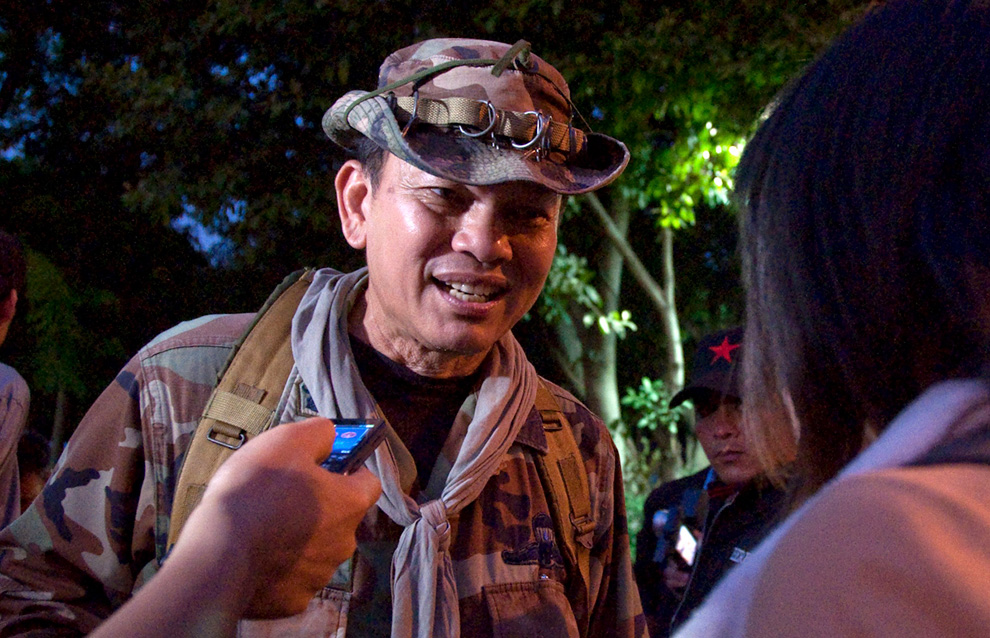
Renegade Thai major-general Khattiya Sawasdipol, only moments before being shot while being interviewed by Thai and foreign reporters in Bangkok on May 13, 2010. Khattiya, better known as Seh Daeng, a rogue soldier and de facto military chief of Thailand's red shirt protest movement later died from the wound. (REUTERS/Cyrille Andres) #

Red Shirt anti-government protesters crouch on the ground after several gunshots rang out and stuck two men, as hundreds of protesters gathered under the highway bridge on Rama 4, during clashes between demonstrators and security forces in Bangkok on May 16, 2010. (NICOLAS ASFOURI/AFP/Getty Images) #
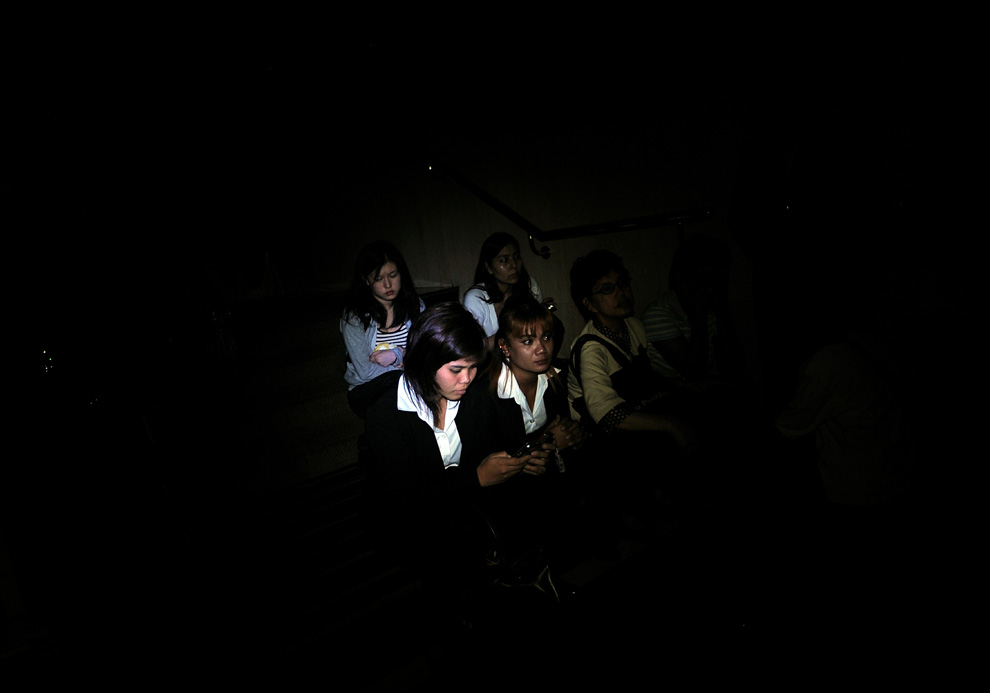
Guests and hotel staff sit in dark in the basement of the Dusit Thani hotel after they were evacuated following an explosion and gunfire being heard around the hotel early on May 17, 2010. An explosion nearby rattled the hotel room. Bullets hit the wall outside, then their telephones rang: "Come down you are under attack," the voice from reception warned. (MANAN VATSYAYANA/AFP/Getty Images) #

